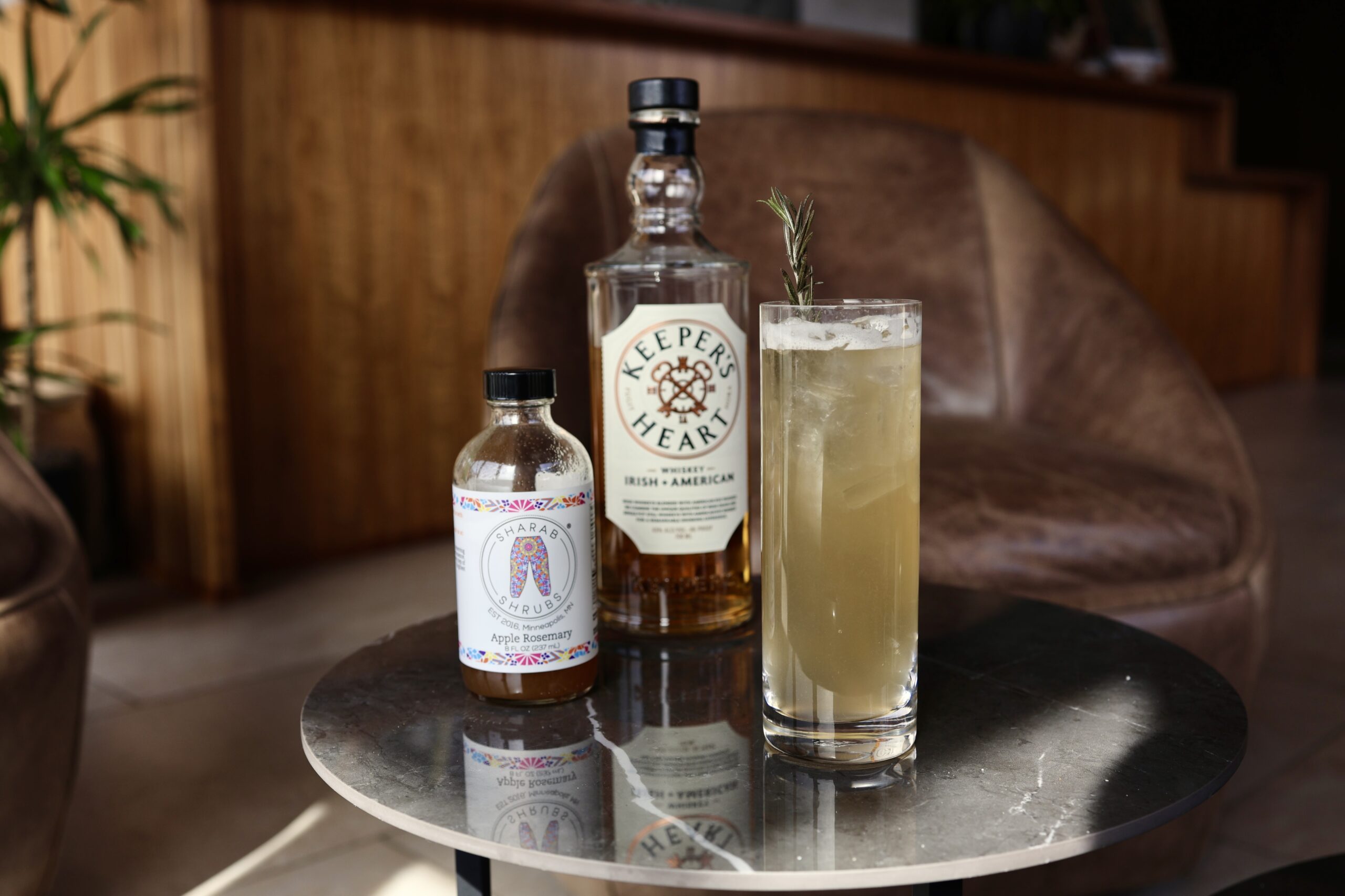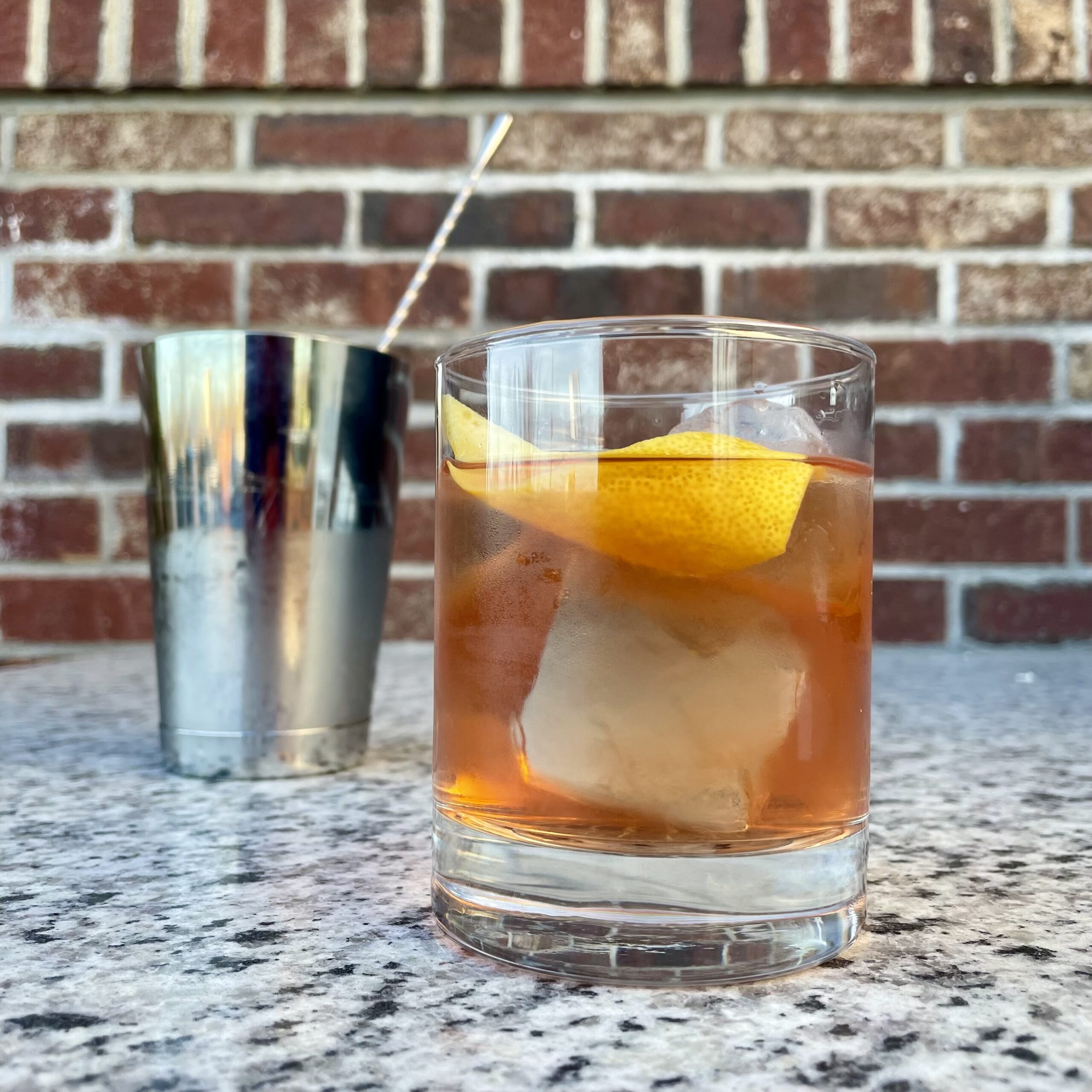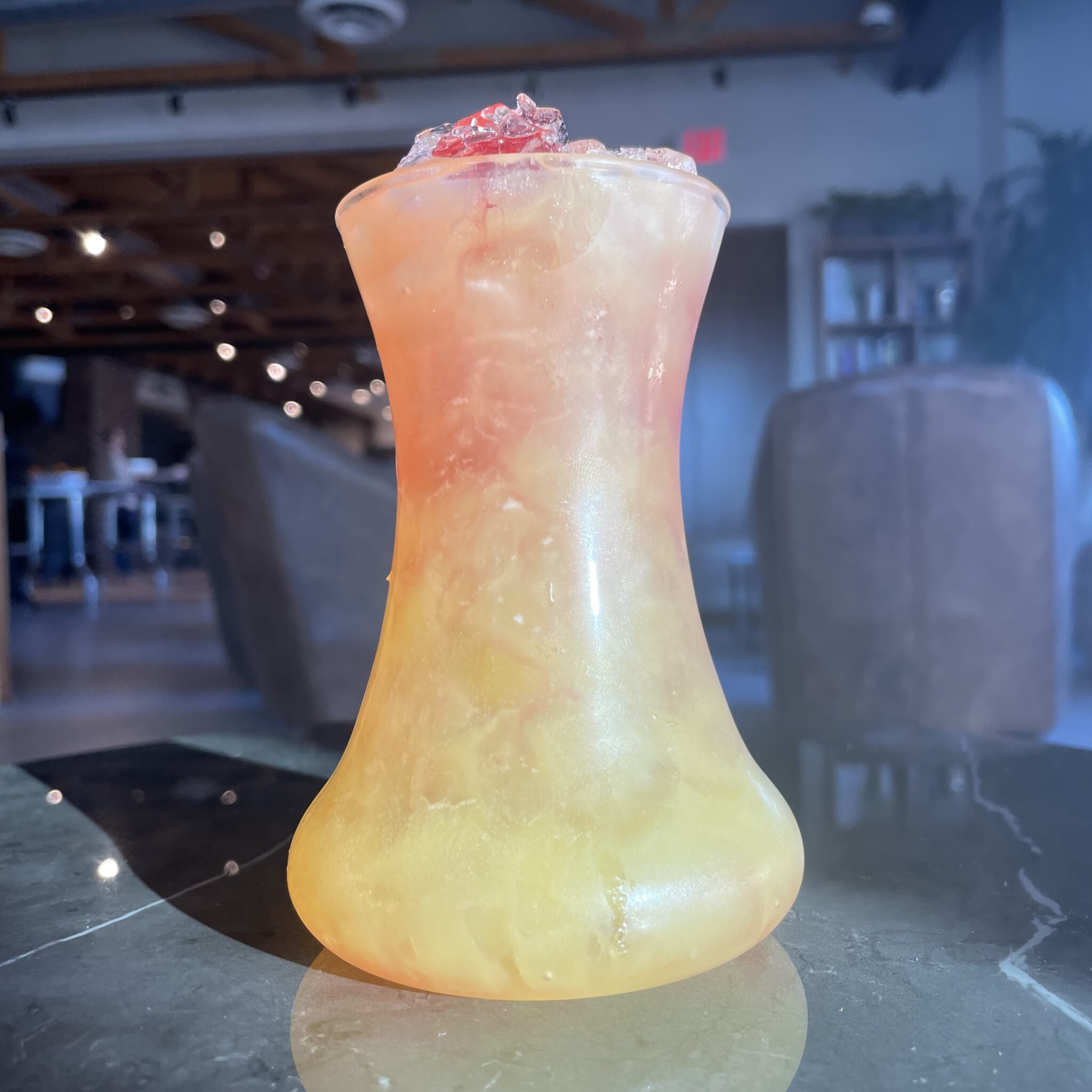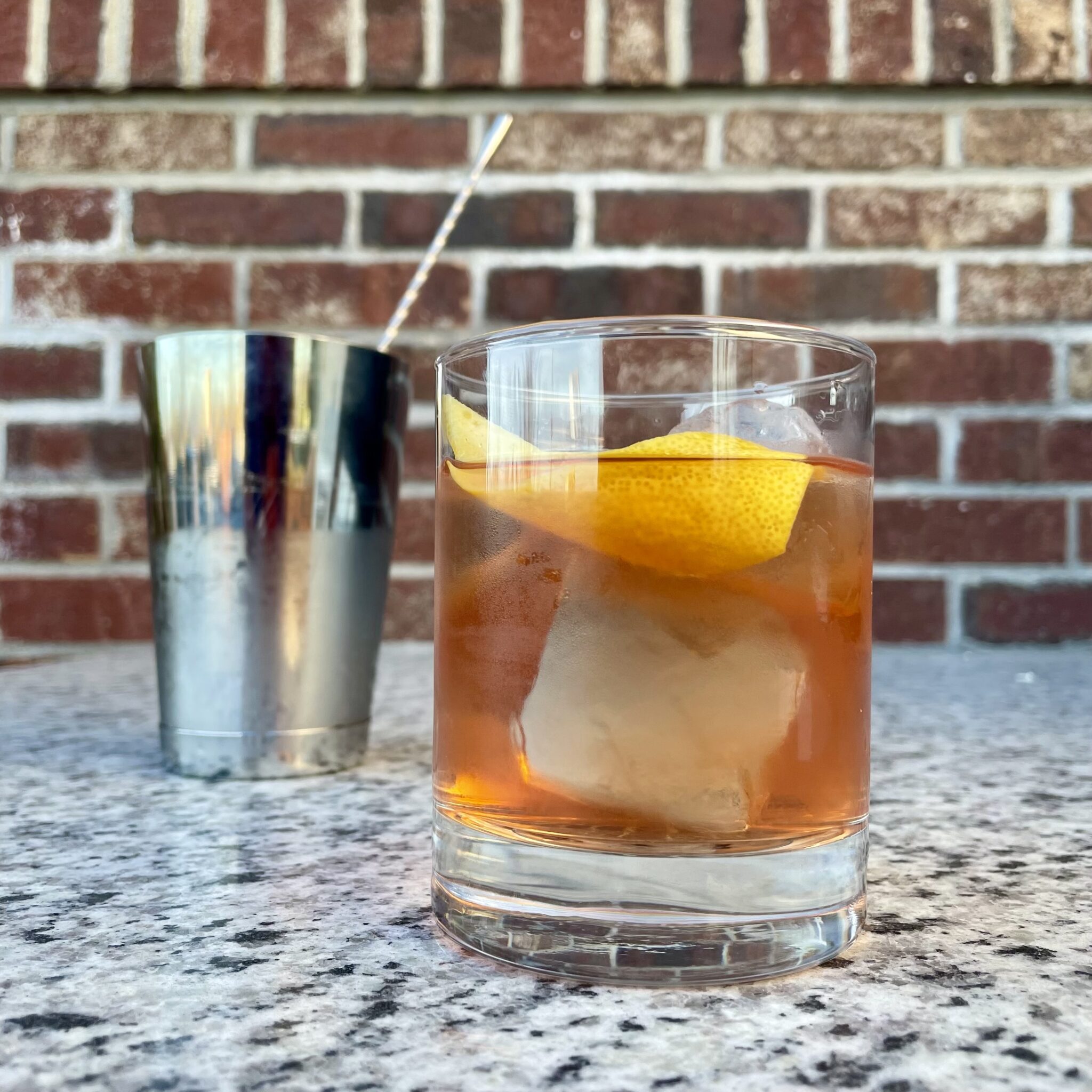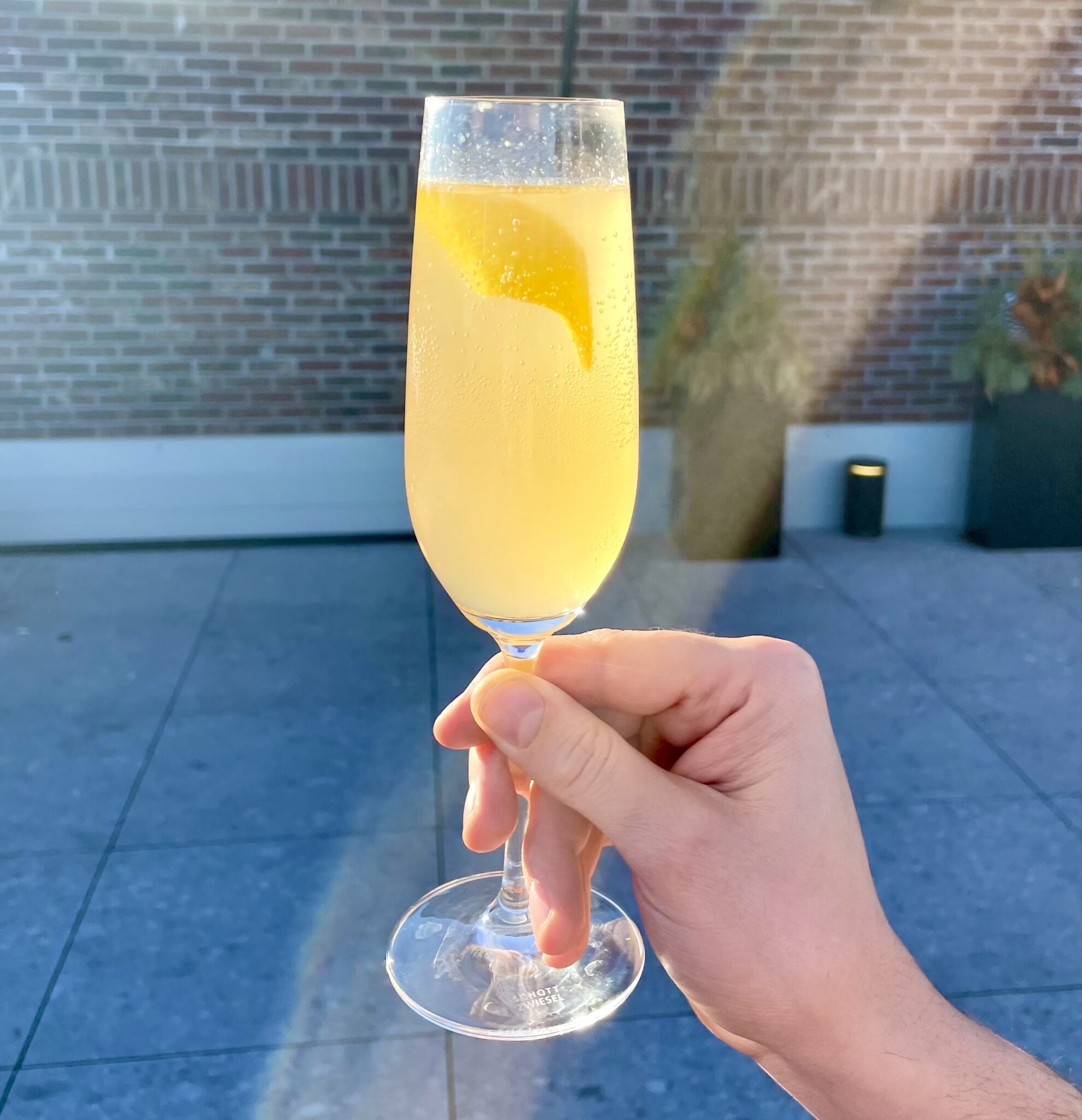
Jake Rollin
Jake (he/him) can be found primarily working in the Beer and Spirits departments, though he occasionally dabbles in Wine. He loves helping customers brainstorm ideas for new and interesting cocktails (ask him about his Caprese Sour cocktail), and talking all things whiskey. His fridge is stocked with a healthy combination of local hazy IPAs, Belgian beers, and Riesling, and he has an ever-growing whiskey collection.
Summer is in full swing! With spring cleaning behind us, leases ending, and new adventures beginning, it’s the perfect time to make this the summer of cocktails (or mocktails!). Starting a home bar can be intimidating, but this blog is here to guide you through everything you need to start making fantastic drinks at home.
Take it one step at a time, start small with just the basics. We’ve laid them out for you below.
The Equipment
First, let’s get the equipment covered. With so many different styles of bar tools out there, it can be daunting to buy equipment. However, for a basic set up, you really only need three pieces of equipment:
- cocktail shaker
- strainer
- jigger
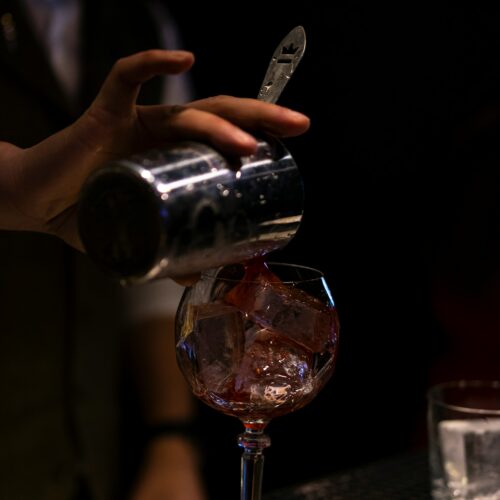
Cocktail shakers come in a few different formats. The two most common are a two-piece Boston shaker and a three-piece cobbler shaker. Both have pros and cons, and ultimately it comes down to personal preference. Boston shakers tend to be more widely used in bars and restaurants because of their ease of use. A firm strike on the side of the shaker will release the two halves easily. The drawback is that you will need to buy a strainer (more on that later) to use with a Boston shaker.
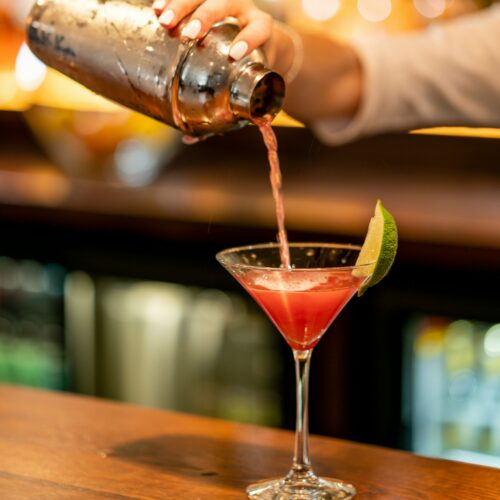
On the other hand, cobbler shakers have a built-in strainer, meaning you have one less item to buy. Due to their design however, cobbler shakers can sometimes be very difficult to open.
Strainers also come in a few formats. The most common type is a Hawthorne strainer. Hawthorne strainers prevent large pieces of ice and citrus pulp from getting into your finished cocktail. Finer ice chips and pulp can sometimes make it through however, which is where something like a fine mesh strainer can come in handy. By double straining through a mesh strainer, you can catch those fine pieces of ice and pulp, leaving you with a silky smooth cocktail. Fine mesh strainers are not necessarily a required piece of equipment, but they can be very useful.
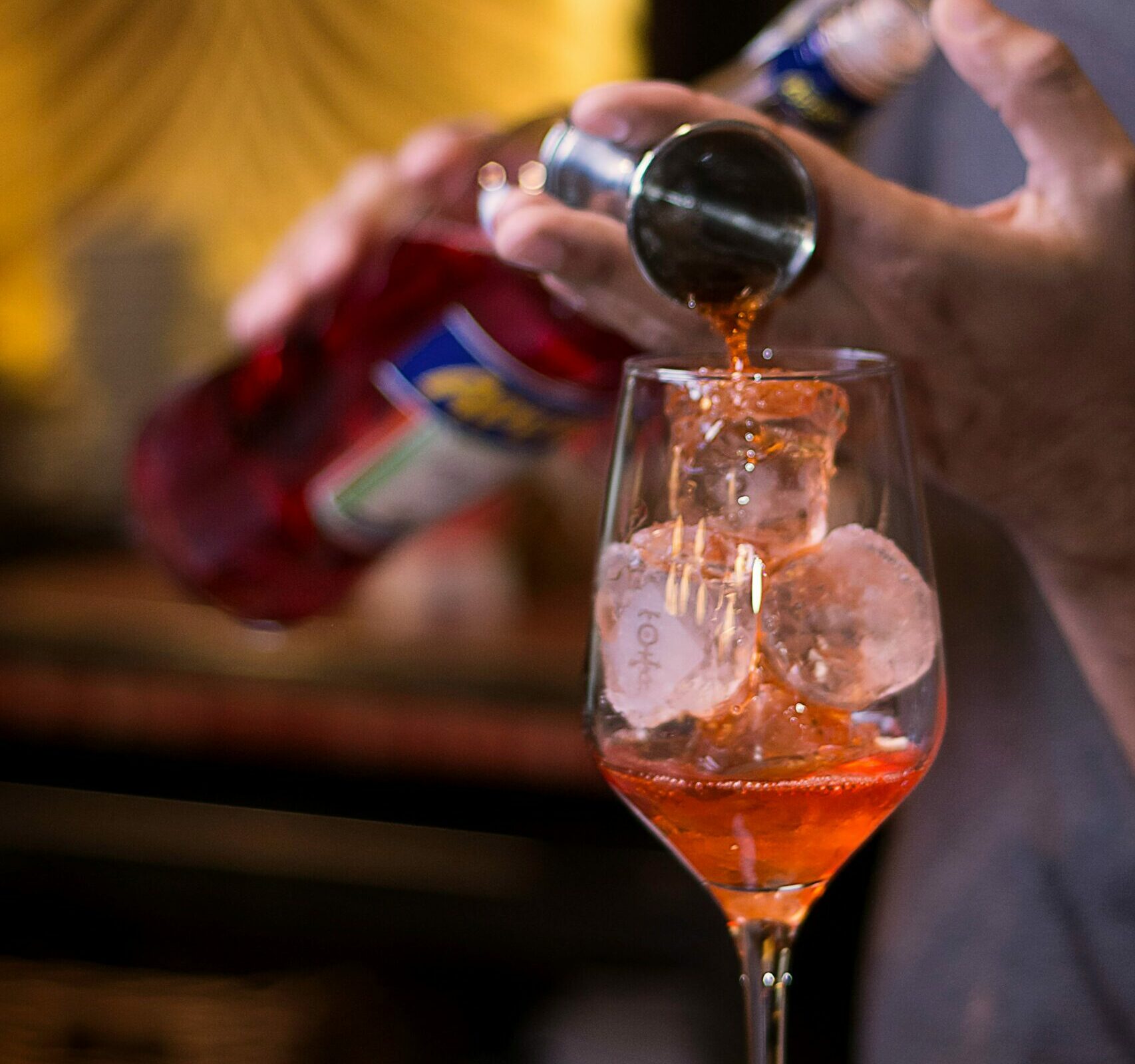
Finally, you’ll need a jigger (or a 2oz liquid measuring cup). Jiggers come in different styles and sizes. Some of the most common sizes have a 1oz side and a 2oz side, often with lines for 0.5oz, 0.75oz, and 1.5oz measurements on the inside.
I cannot stress this enough: measure your ingredients. We measure so that cocktails are well balanced and consistent every time. If you eyeball ingredients, you might make a really fantastic cocktail one time and never be able to replicate it. So, for the sake of consistency and quality, measure.
The Ingredients
So, now that you have all this fancy bar equipment, you’re going to need ingredients that you can use to make some fantastic cocktails.
Spirits
There are literally thousands of products out there, so choosing spirits can be tough. The most important thing to remember is that you don’t always need expensive liquor to make good cocktails. There are many budget brands that are fantastic for cocktails.
As far as base spirits go, you’ll want three to start. These can be anything you prefer, but my choices would be bourbon, gin, and tequila. These three spirits will allow you to make classic drinks like an Old Fashioned, a Gin and Tonic, and a Margarita, but also give you the opportunity to make slightly more advanced cocktails like a Mint Julep, a Bee’s Knee’s, or a Paloma.
Citrus
Citrus juice is an essential element of many cocktails, providing both flavor and balancing acidity. While the stuff from the bottle works in a pinch, your cocktails will almost always turn out better with fresh squeezed juice. The flavor is more vibrant and will help take your cocktails to bar quality.
Syrups
Where citrus provides acidity, simple syrup or liqueur provide sweetness, another important element in a balanced cocktail. Basic simple syrup is made with just water and sugar, but flavored syrups can be made using fruits and extracts. Syrups also add more than just sweetness. The viscosity of the syrup adds essential body to a cocktail that gives it a rich mouthfeel. Feel free to experiment with making your own syrups, or buy them in the store! Liber & Co makes some of our favorites, and locally too!
Once you’ve mastered the basics, you can start exploring advanced techniques like split bases, infusing liquors, and fat washing, though we’ll save those for another blog. While this guide isn’t an exhaustive list of all the equipment or ingredients available, we hope it makes setting up a home bar a little less intimidating. For specific recommendations on spirits, mixers, or equipment, feel free to ask our exceptionally knowledgeable staff!
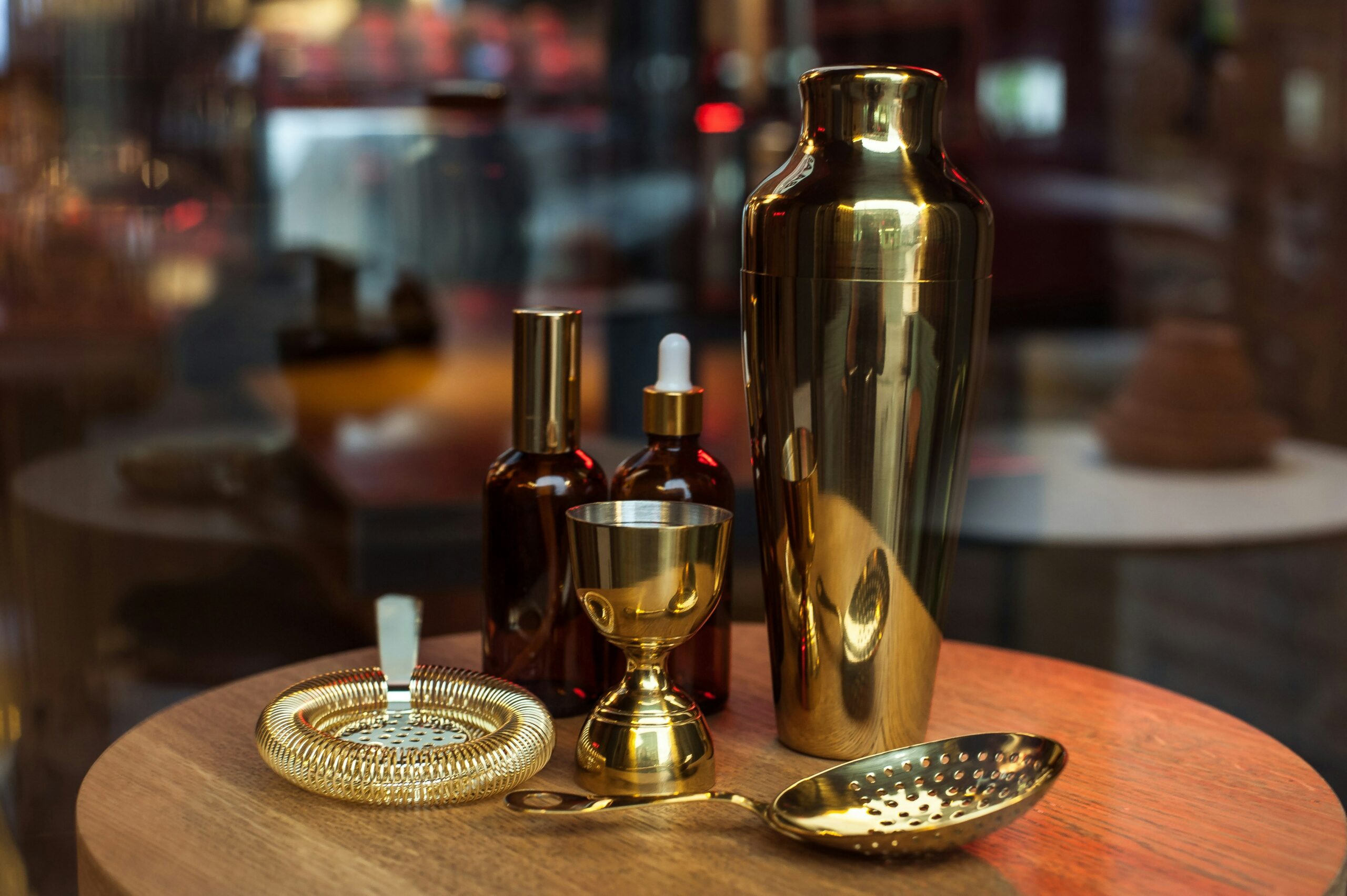
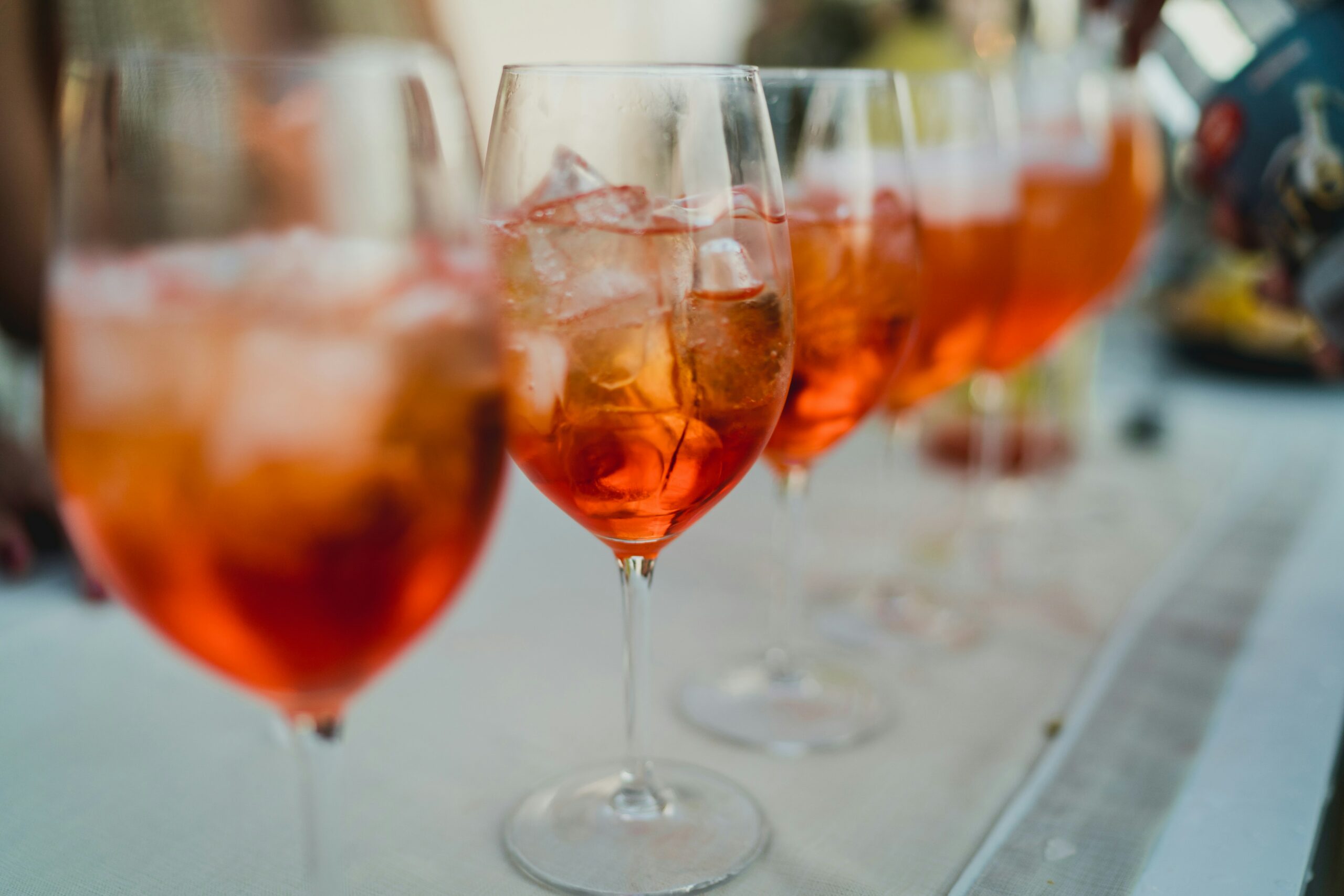


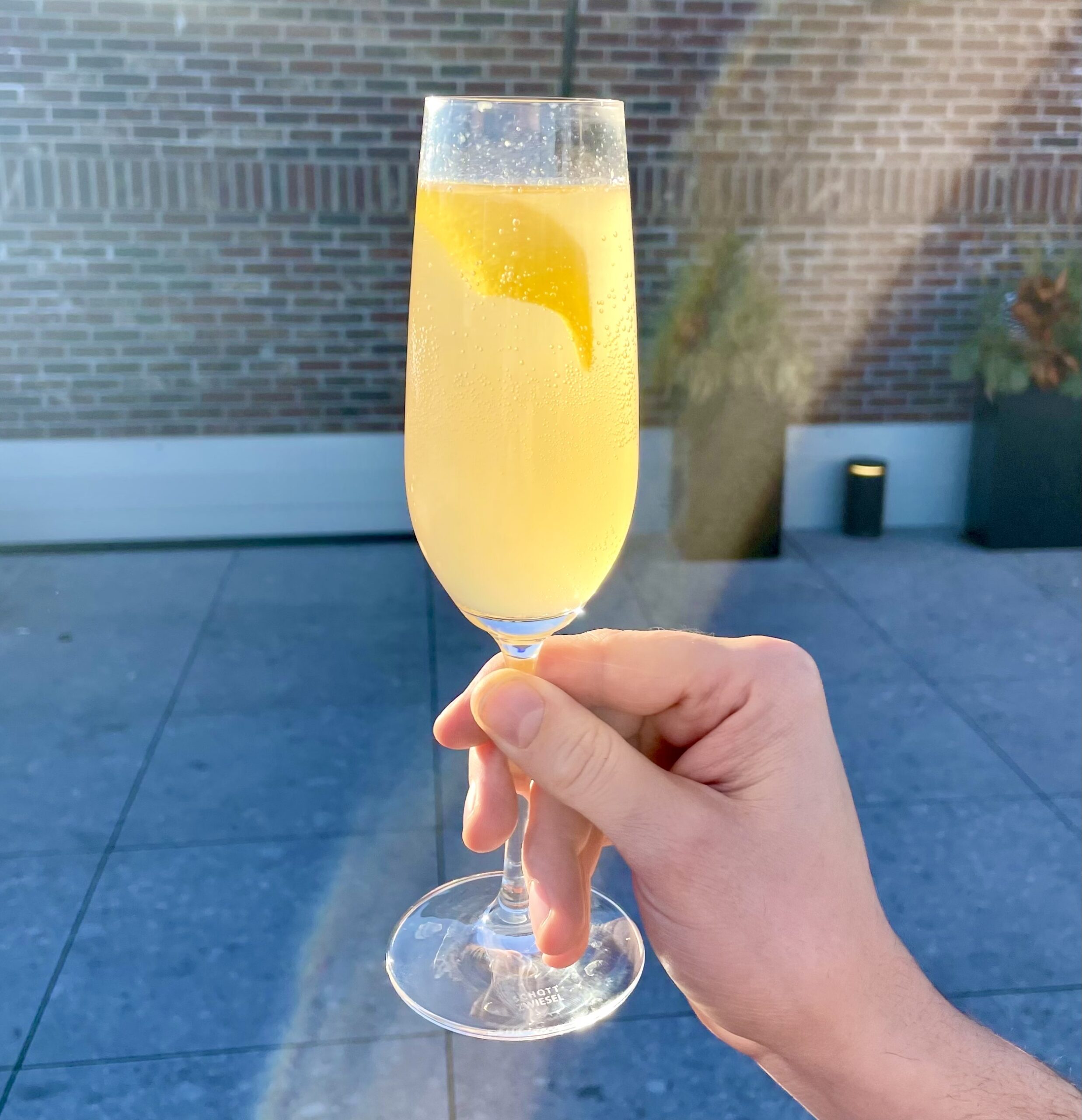 The Mimosa is the most classic brunch cocktail. Traditionally made from orange juice and sparkling wine,
The Mimosa is the most classic brunch cocktail. Traditionally made from orange juice and sparkling wine, 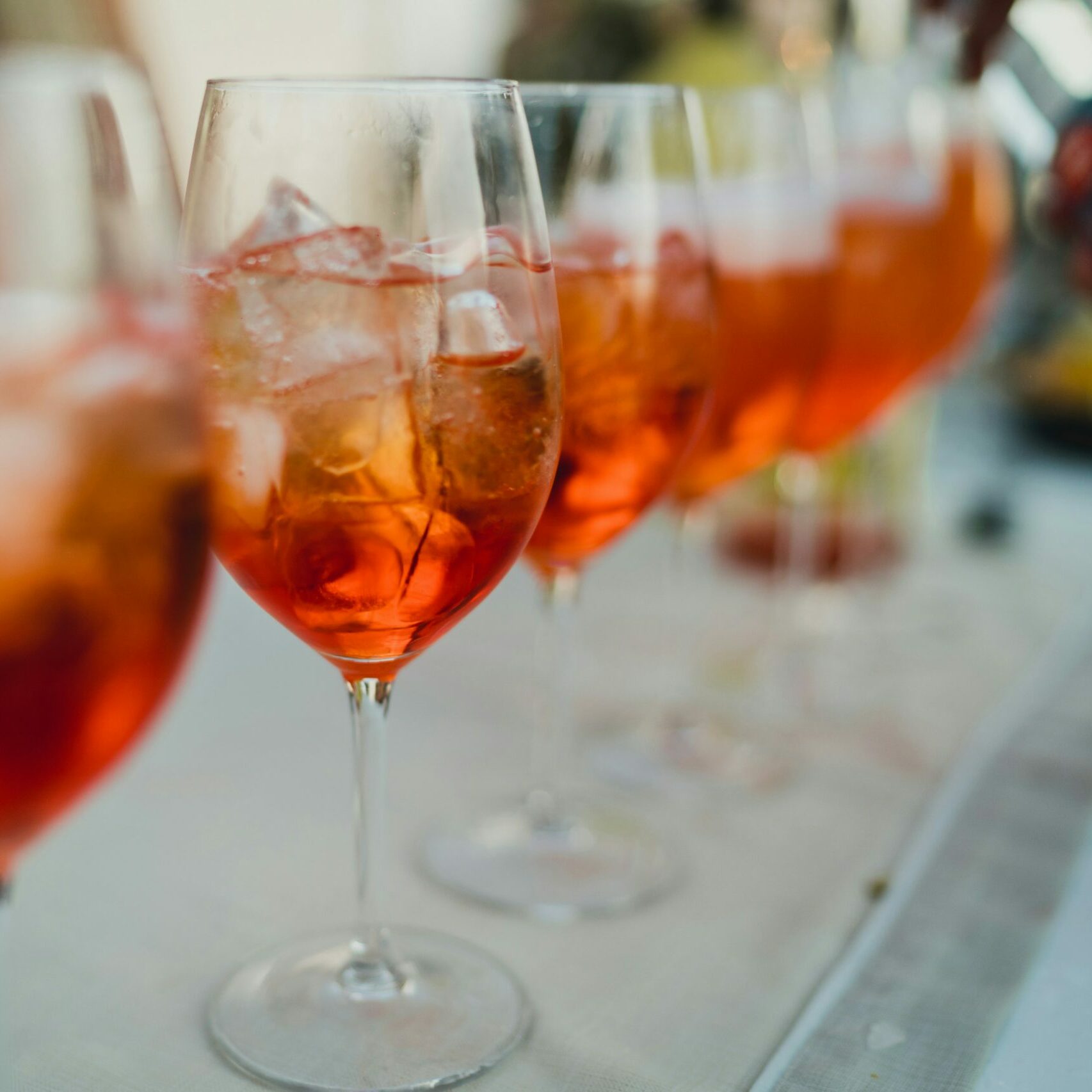 The Aperol Spritz is perhaps among the most popular cocktails at the moment.
The Aperol Spritz is perhaps among the most popular cocktails at the moment.